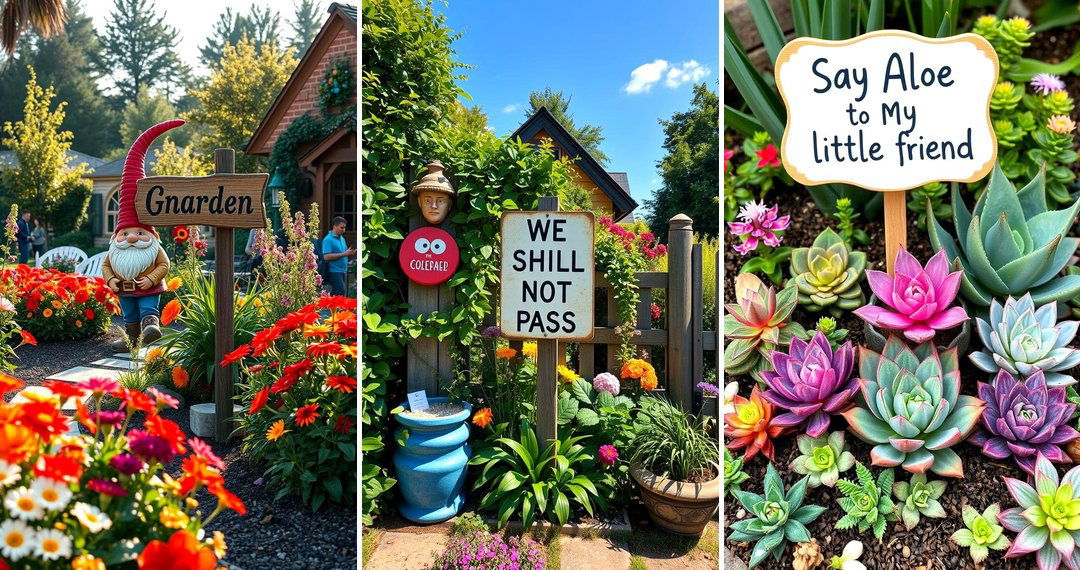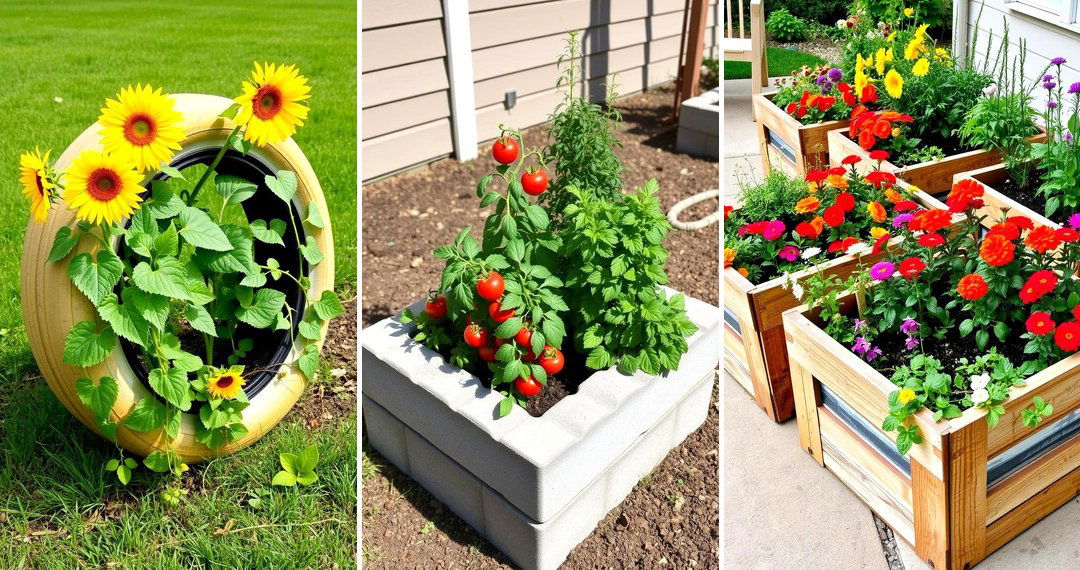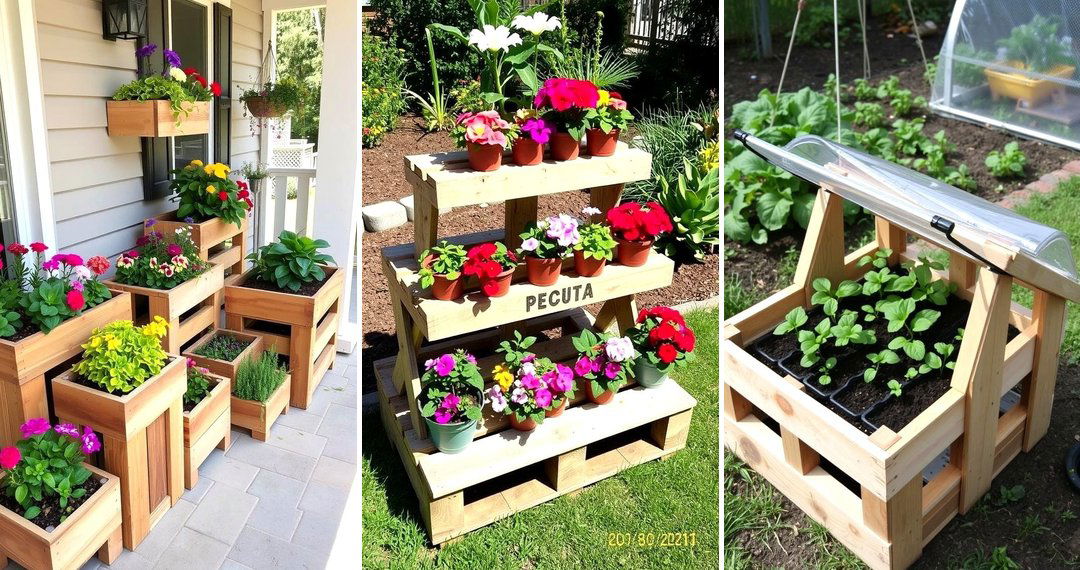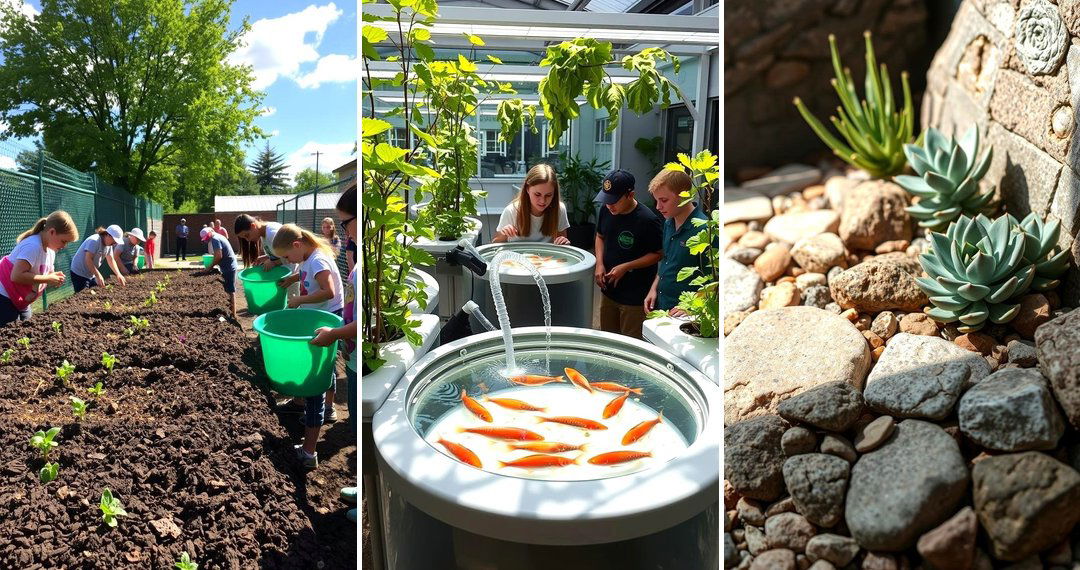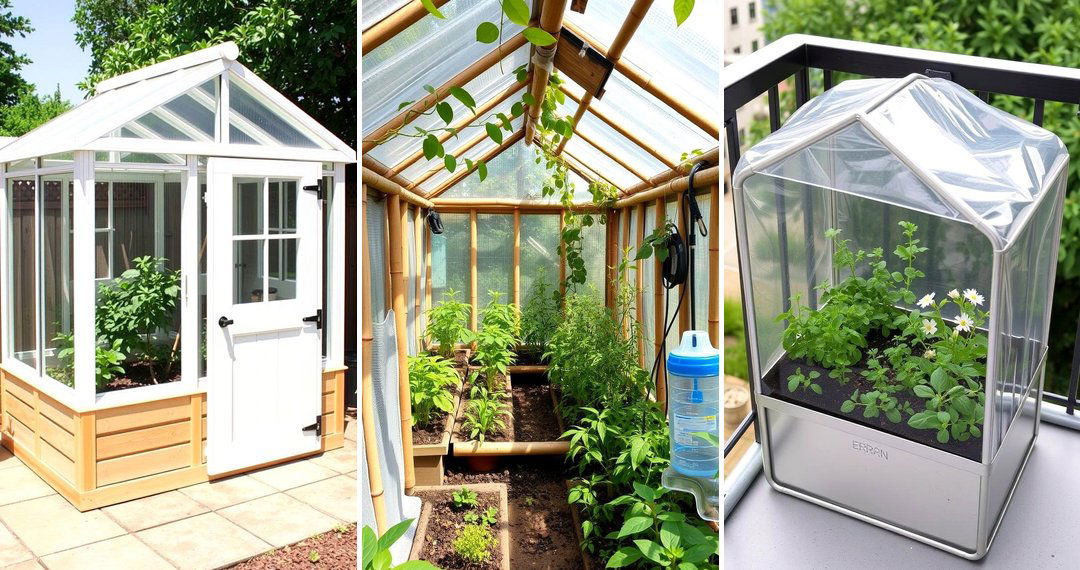Vegetable gardening is a rewarding hobby that offers many benefits, from enjoying fresh, homegrown produce to enhancing your outdoor space. Whether you're a seasoned gardener or just starting out, there are endless possibilities to create a vibrant and productive garden. These 24 vegetable garden ideas will inspire you to make the most of your garden space, offering practical tips, creative designs, and solutions for every type of garden. Discover how to grow a wide range of vegetables, optimize space, and incorporate different gardening techniques that will make your garden both functional and beautiful. Explore these ideas, and get started on your gardening journey today!
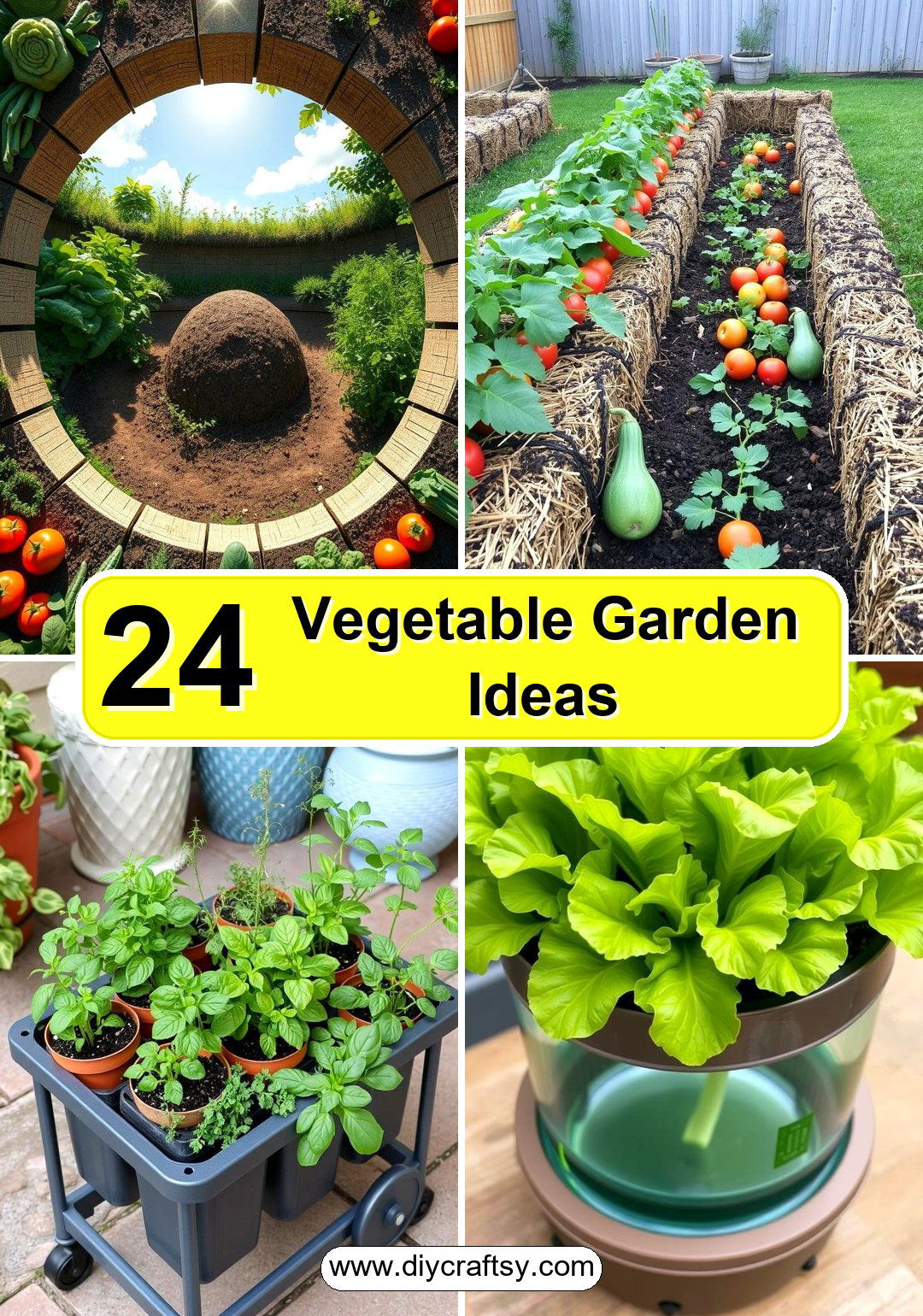
1. Raised Garden Beds for Easy Access
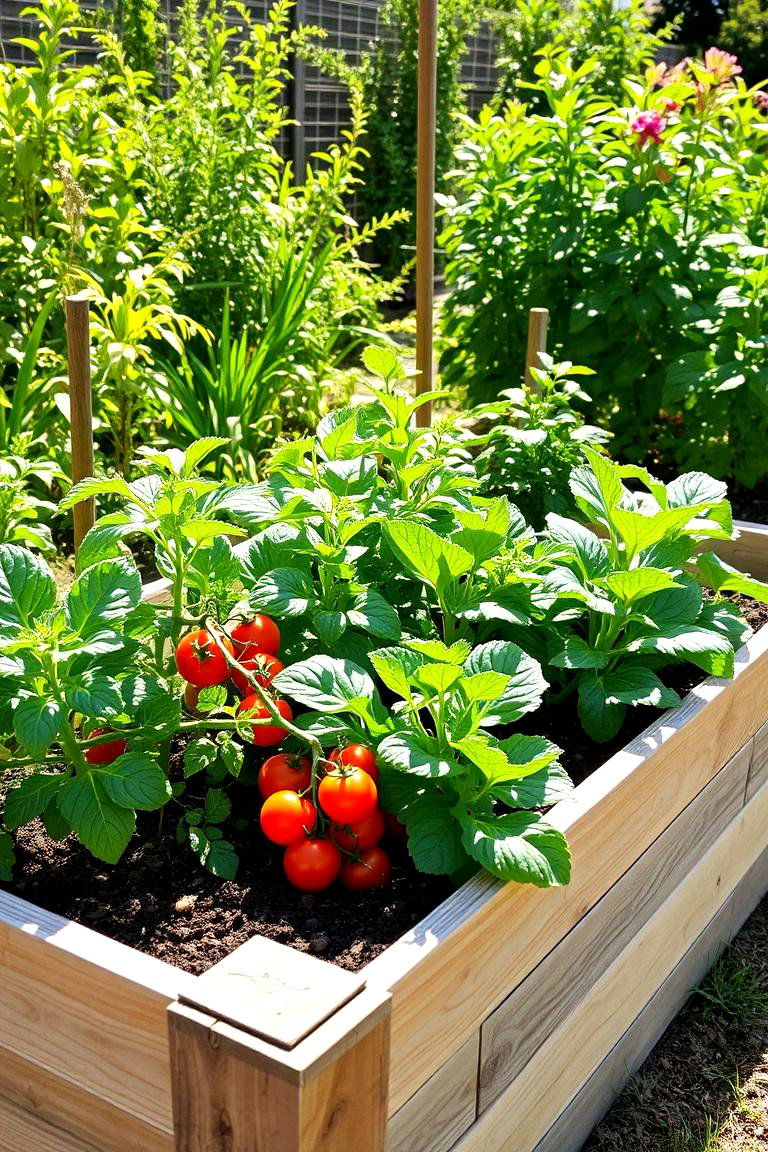
Raised garden beds are a fantastic way to grow vegetables with minimal effort. By elevating your garden, you eliminate the need to bend over, making gardening easier on your back and knees. They also provide better drainage, prevent soil compaction, and allow you to control the quality of the soil. Additionally, raised beds can be placed anywhere in your yard, even on lawns or paved areas. This solution is perfect for those with limited space or poor soil conditions. Simply fill the bed with high-quality soil and plant away!
2. Vertical Gardening for Limited Spaces
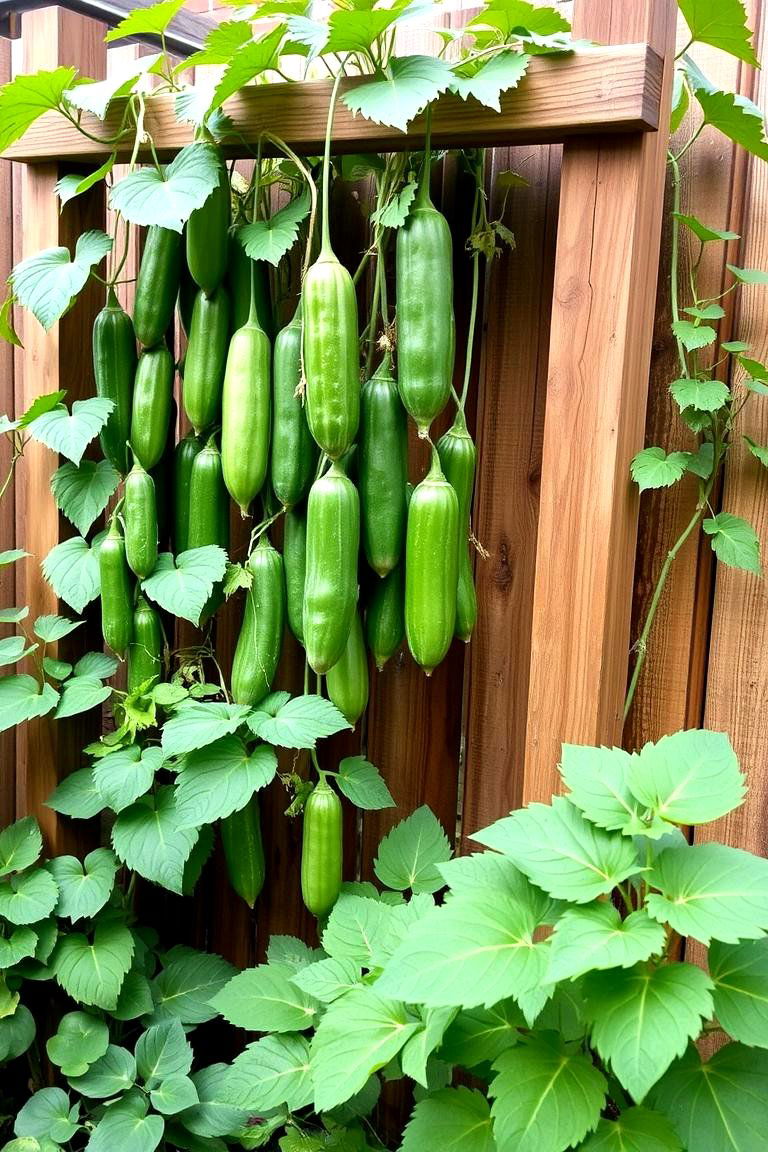
For gardeners with small yards or those living in apartments, vertical gardening is an ideal solution. Using structures like trellises, cages, or towers, you can grow climbing vegetables like tomatoes, cucumbers, and peas vertically. This maximizes your garden space and reduces the need for traditional horizontal garden beds. Not only does it save space, but it also enhances airflow around the plants, promoting healthier growth and preventing disease. Vertical gardening adds a decorative element to your garden, as well, giving it a unique and charming look.
3. Square Foot Gardening for Efficient Planting
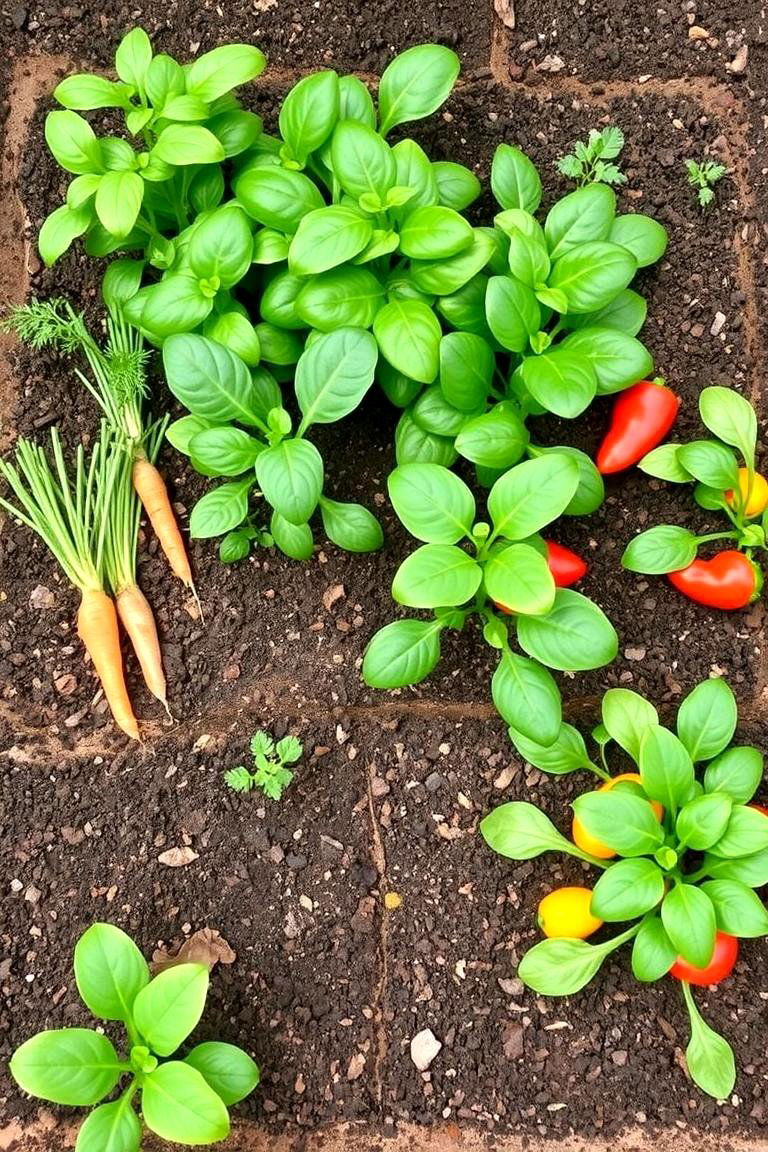
Square foot gardening is a highly efficient planting method that optimizes space and resources. By dividing your garden into 1-foot square sections, you can plant a variety of vegetables in each square, making the most of your space. This technique encourages intensive planting, meaning you can grow more vegetables in less space. It's also a great option for beginners, as the method is simple to follow and requires less weeding. Square foot gardening allows you to grow a diverse range of vegetables, from carrots to lettuce, in an organized and manageable way.
4. Companion Planting for Natural Pest Control
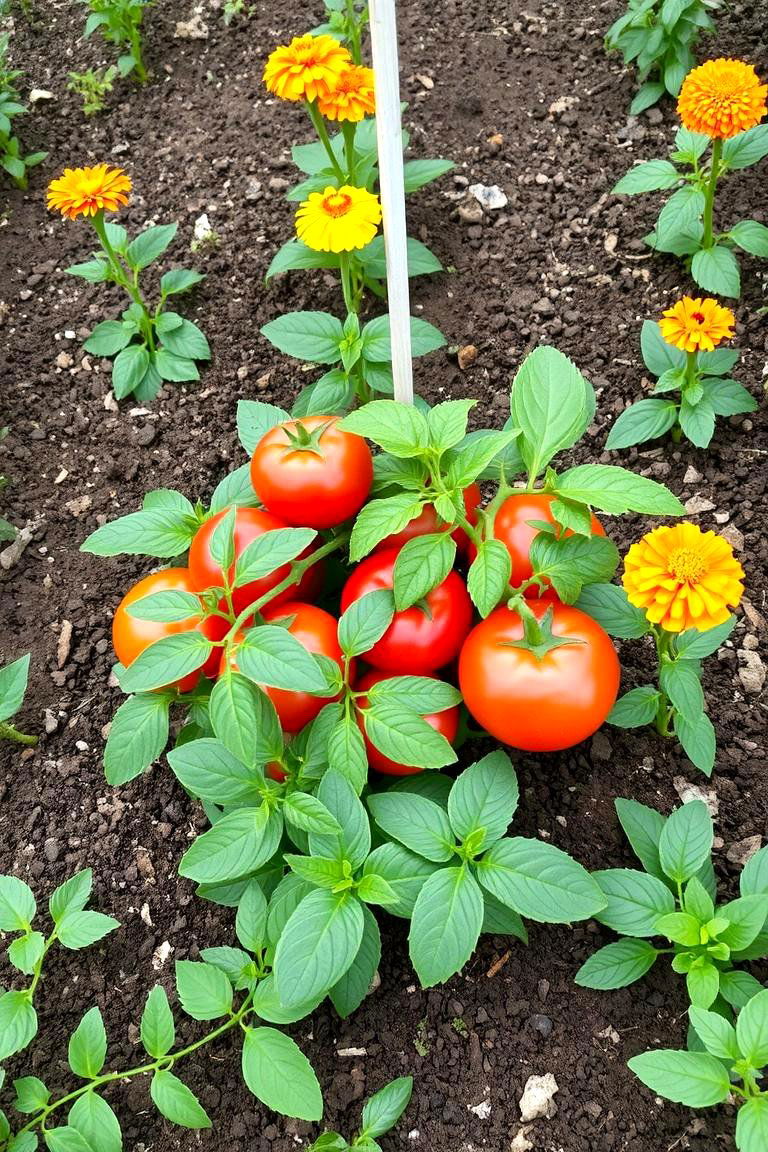
Companion planting is a gardening technique where you grow certain plants together because they benefit each other. Some plants naturally repel pests or enhance each other’s growth. For example, planting marigolds near tomatoes can help deter aphids, while basil can improve the flavor and growth of tomatoes. By pairing plants that work well together, you can reduce the need for chemical pesticides, making your garden more eco-friendly. Companion planting also promotes biodiversity, creating a healthier and more balanced garden environment.
5. Herb Garden for Fresh Flavors
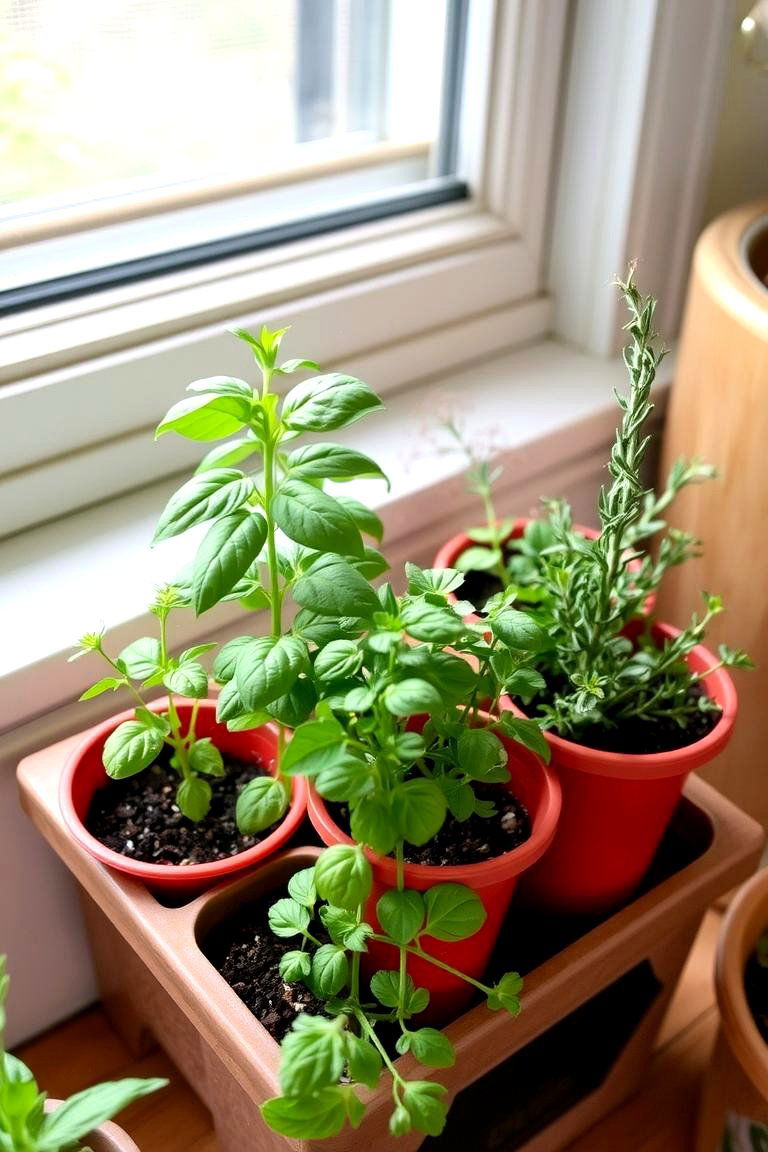
An herb garden is a great way to bring fresh flavors to your cooking and your garden. Herbs like basil, mint, rosemary, and thyme thrive in a variety of growing conditions and can be easily grown in small spaces, even in containers. They require little maintenance, making them perfect for novice gardeners. Herbs can be planted directly in the soil or in raised beds, and they grow well alongside vegetables. Having fresh herbs on hand can elevate the taste of your meals, and the aroma of herbs in your garden adds a pleasant sensory experience.
6. Indoor Gardening for Year-Round Freshness

With indoor gardening, you can enjoy fresh vegetables and herbs all year long, even during the cold winter months. Growing plants like leafy greens, herbs, and even dwarf varieties of tomatoes indoors allows you to continue gardening no matter the season. Indoor gardening also adds a touch of greenery to your home, improving air quality and providing a calming atmosphere. Use windowsills or invest in indoor plant shelves to maximize your space, and choose the right containers with drainage to keep your plants healthy and thriving.
7. Container Gardening for Flexibility
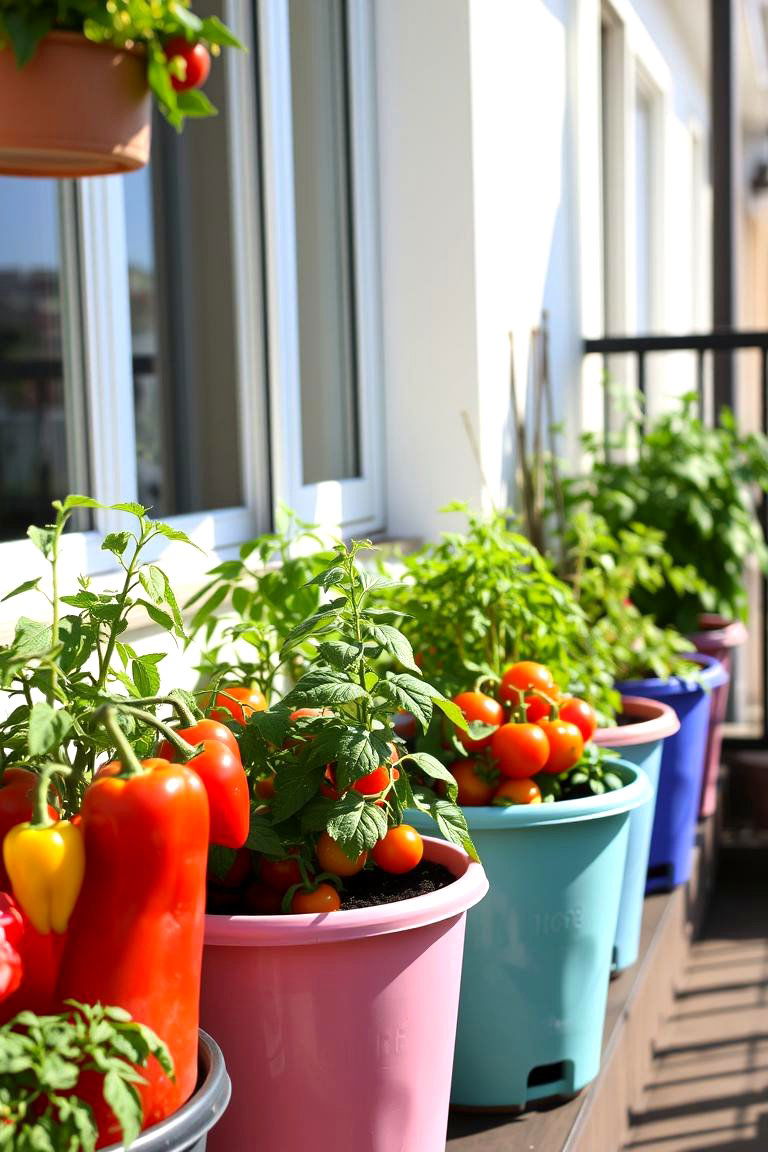
Container gardening offers flexibility and versatility, allowing you to grow a variety of vegetables in pots or containers. This method is ideal for people who have limited space or poor soil conditions, as you can place containers wherever you need them, whether it’s on a balcony, porch, or patio. Containers also make it easier to control the soil quality and drainage, which helps plants grow better. You can grow everything from peppers to carrots in containers, and the mobility of the pots makes it easy to move your plants to optimize sunlight exposure.
8. Greenhouse Gardening for Extended Growing Seasons
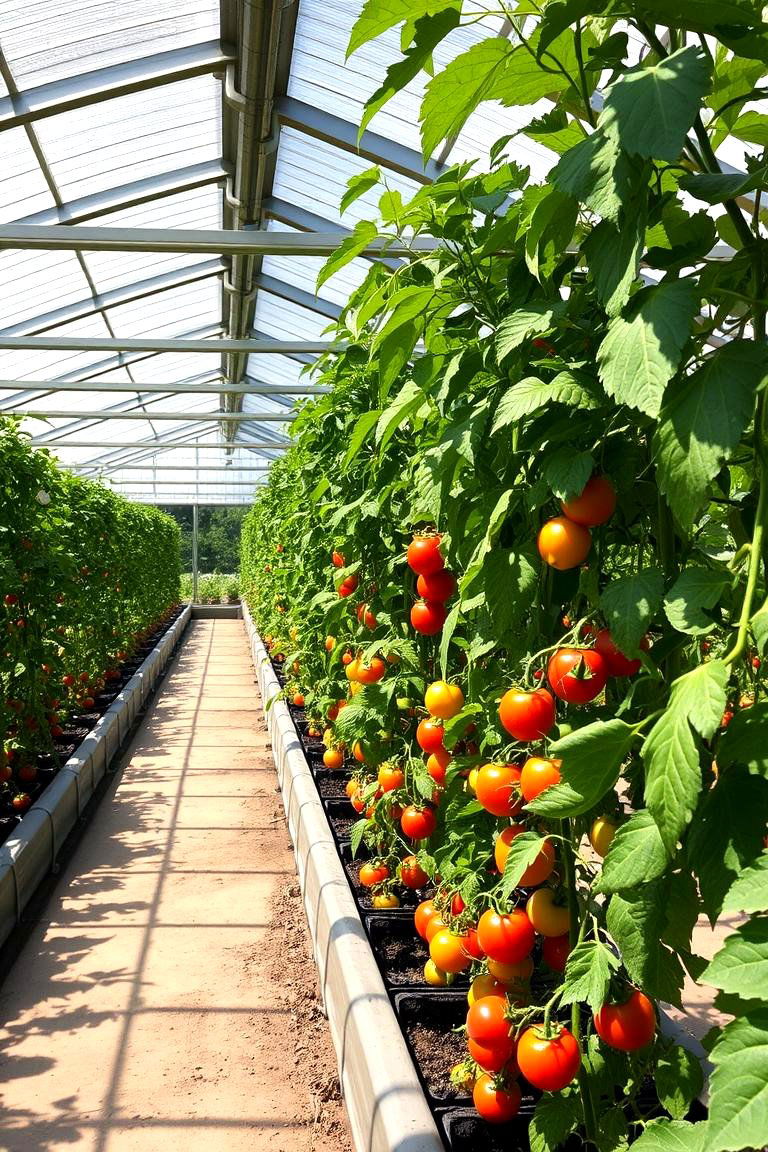
If you want to extend your growing season, a greenhouse is a great investment. It allows you to grow vegetables earlier in the spring and later into the fall, protecting your plants from unpredictable weather. Greenhouses create a controlled environment that helps regulate temperature and humidity, ensuring your plants thrive year-round. You can grow a variety of vegetables, including tomatoes, peppers, and cucumbers, in a greenhouse, creating a more stable growing environment. Whether you build a small DIY greenhouse or invest in a larger structure, the possibilities are endless.
9. Container Gardening for Mobility
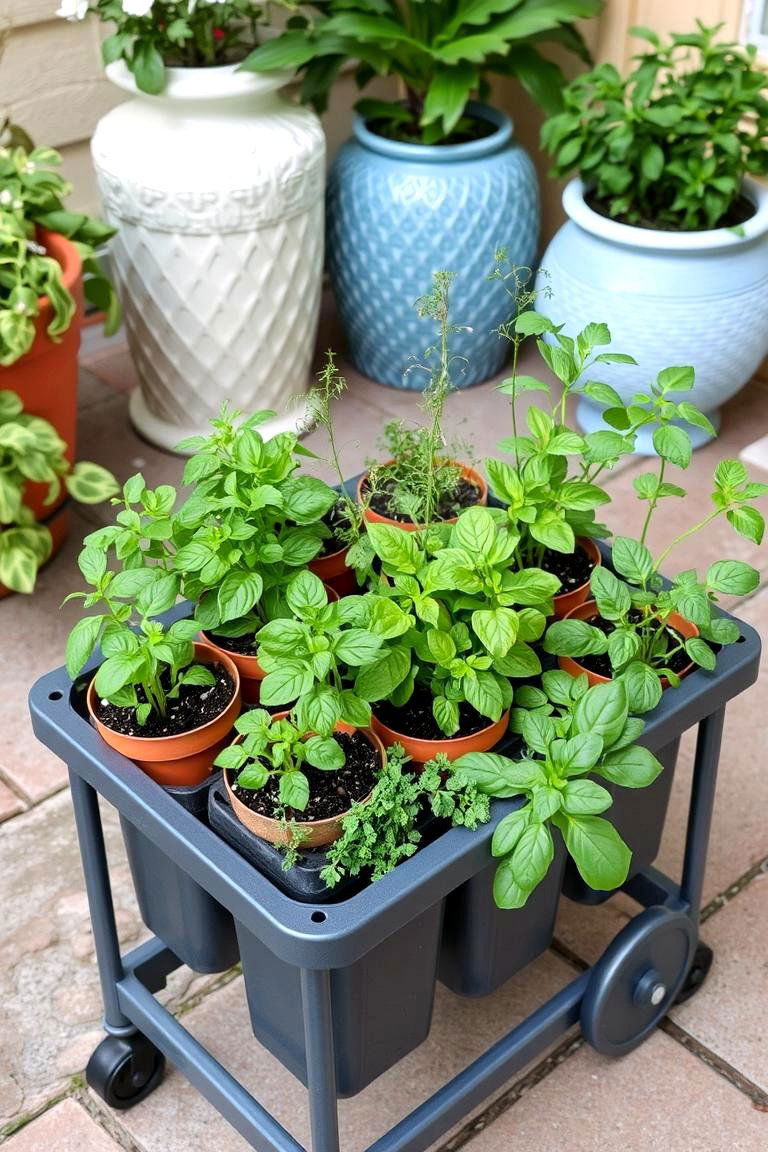
Container gardening offers flexibility and mobility, allowing you to move plants around to maximize sunlight or protect them from harsh weather. You can grow a variety of vegetables in containers, from herbs to peppers, and the plants are easy to relocate if needed. Containers are perfect for those with limited space, such as apartment dwellers, as they can be placed on balconies, patios, or windowsills. This method also makes it easier to control soil conditions and prevent weeds, ensuring a healthier garden.
10. Straw Bale Gardening for Low-Maintenance Growth

Straw bale gardening is an innovative method that makes use of straw bales as planting beds. This technique is ideal for those with poor soil conditions or limited space. Straw bales are easy to set up and require minimal maintenance, as they retain moisture well and provide excellent drainage. As the straw breaks down, it enriches the soil, creating a nutrient-rich environment for plants to thrive. You can grow a wide variety of vegetables in straw bales, from tomatoes to zucchini, and it’s a perfect option for beginner gardeners.
11. Hydroponic Gardening for Soil-Free Growth

Hydroponic gardening is an innovative method that allows you to grow plants without soil. Instead, plants are grown in nutrient-rich water, which delivers all the essential nutrients they need. This system is perfect for those who want to grow vegetables in small spaces or areas with poor soil. Hydroponic gardens can be set up indoors or outdoors, and they are known for their efficiency in water and space usage. Common vegetables grown hydroponically include lettuce, spinach, and herbs, and this method is especially beneficial for those looking to grow fresh produce year-round.
12. Aquaponics for Sustainable Gardening

Aquaponics is a sustainable gardening method that combines aquaculture (fish farming) with hydroponics. In this system, fish waste provides the nutrients for the plants, while the plants help filter the water for the fish. This symbiotic relationship creates a self-sustaining ecosystem where both the fish and plants thrive. Aquaponics is highly efficient and uses less water than traditional gardening methods. It can be set up both indoors and outdoors, making it a versatile and eco-friendly option for growing vegetables like lettuce, tomatoes, and herbs.
13. Edible Flower Garden for Beauty and Flavor
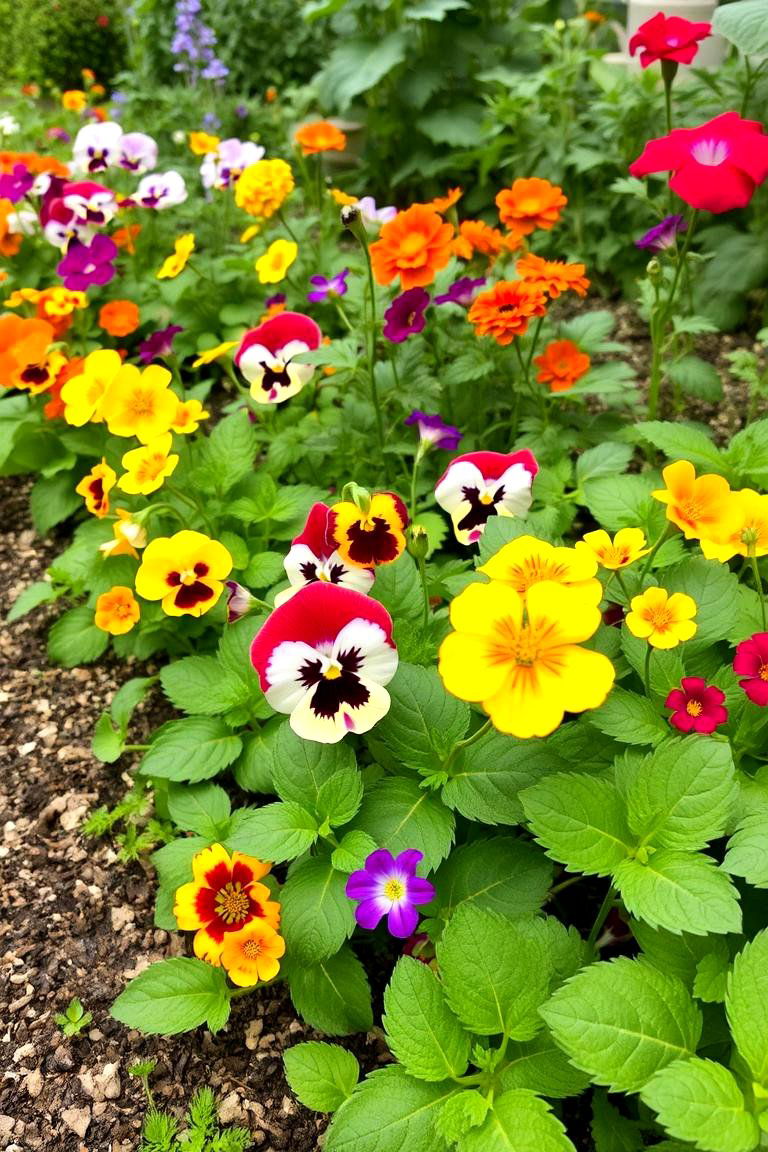
An edible flower garden combines the beauty of flowers with the practicality of growing food. Flowers like nasturtiums, pansies, and violets are not only beautiful, but they’re also edible and can be used in salads, teas, and garnishes. Growing edible flowers adds vibrant color and variety to your vegetable garden while providing you with fresh, flavorful additions to your meals. These flowers are easy to grow and make a lovely addition to any garden, attracting beneficial pollinators like bees and butterflies.
14. Garden Pots for Versatile Planting
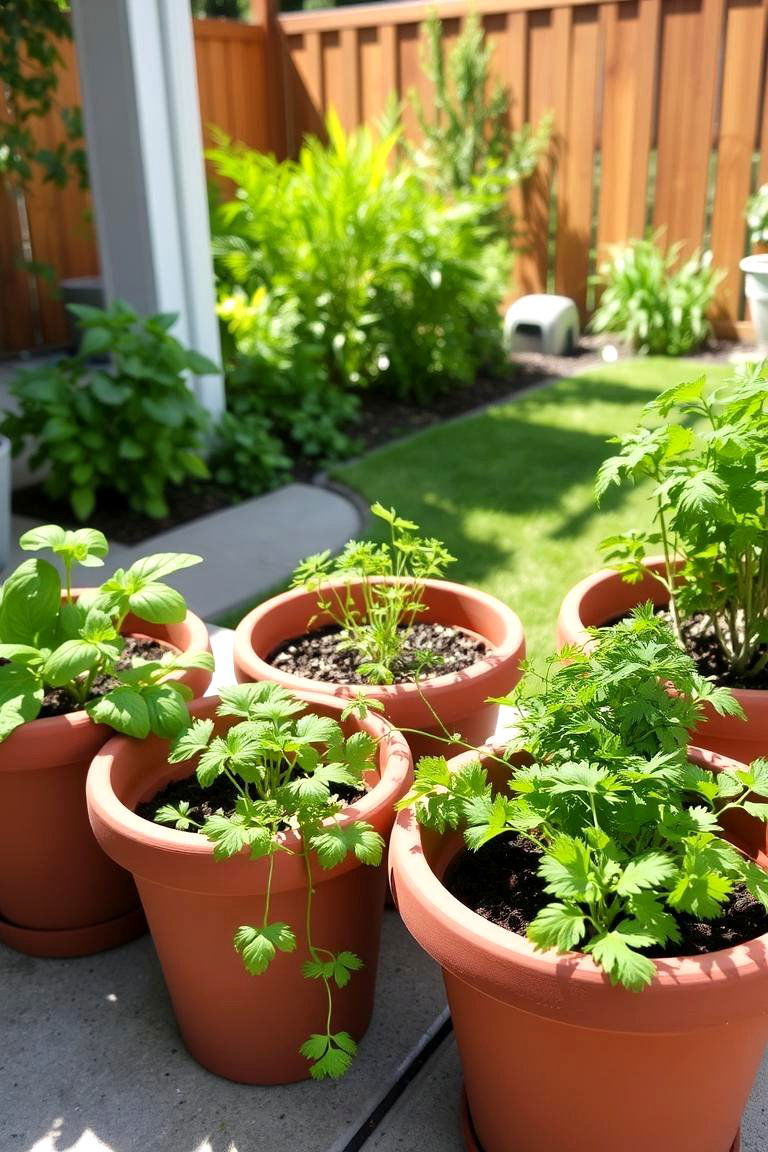
Garden pots offer versatility in planting and are ideal for small spaces. They can be moved around to capture the best sunlight and placed in areas where traditional garden beds may not fit. You can grow a wide variety of vegetables in pots, such as herbs, lettuce, and peppers. Containers also make it easier to manage soil quality, water retention, and drainage. Whether you have a small patio, balcony, or windowsill, garden pots provide an efficient and stylish way to grow fresh produce.
15. Self-Watering Planters for Low Maintenance
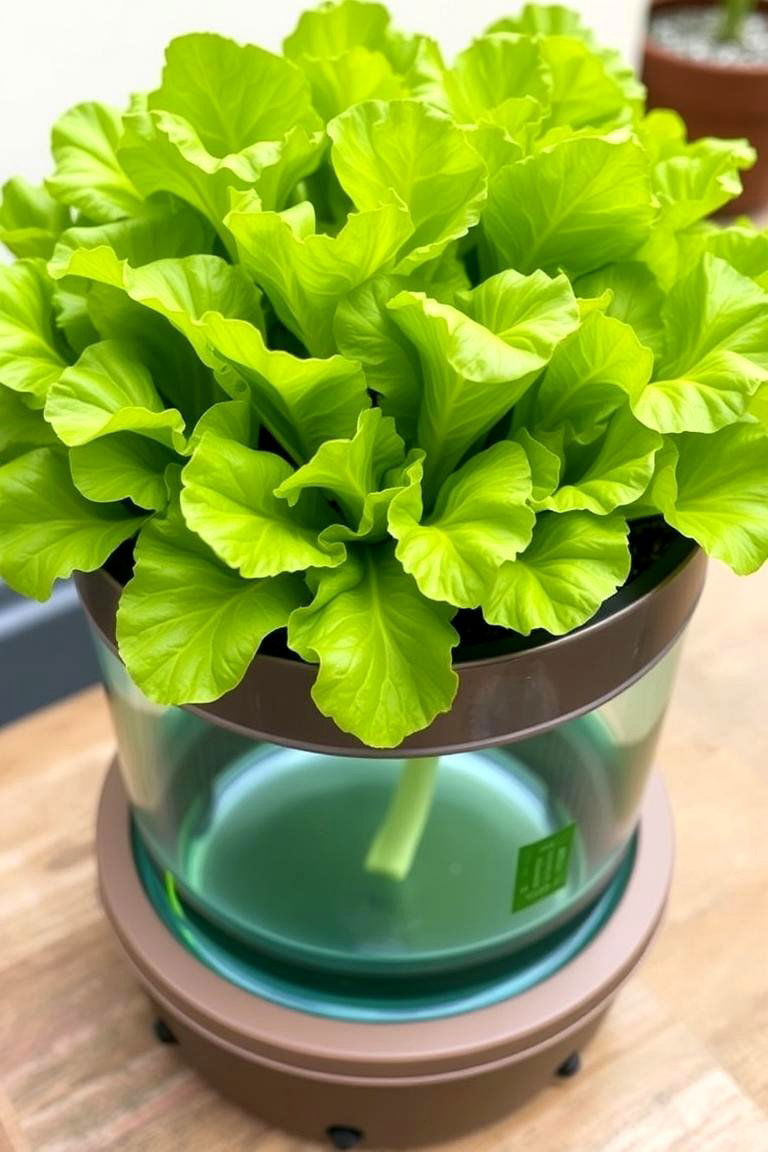
Self-watering planters are perfect for those who want to minimize the time and effort spent on watering. These planters have a built-in water reservoir that allows plants to absorb moisture as needed, reducing the risk of overwatering or underwatering. This makes them an excellent option for busy gardeners or those who travel frequently. Self-watering planters are available in various sizes, making them suitable for a wide range of plants, including vegetables like tomatoes and herbs. They help maintain consistent soil moisture, promoting healthier plant growth.
16. Raised Rows for Easy Soil Management
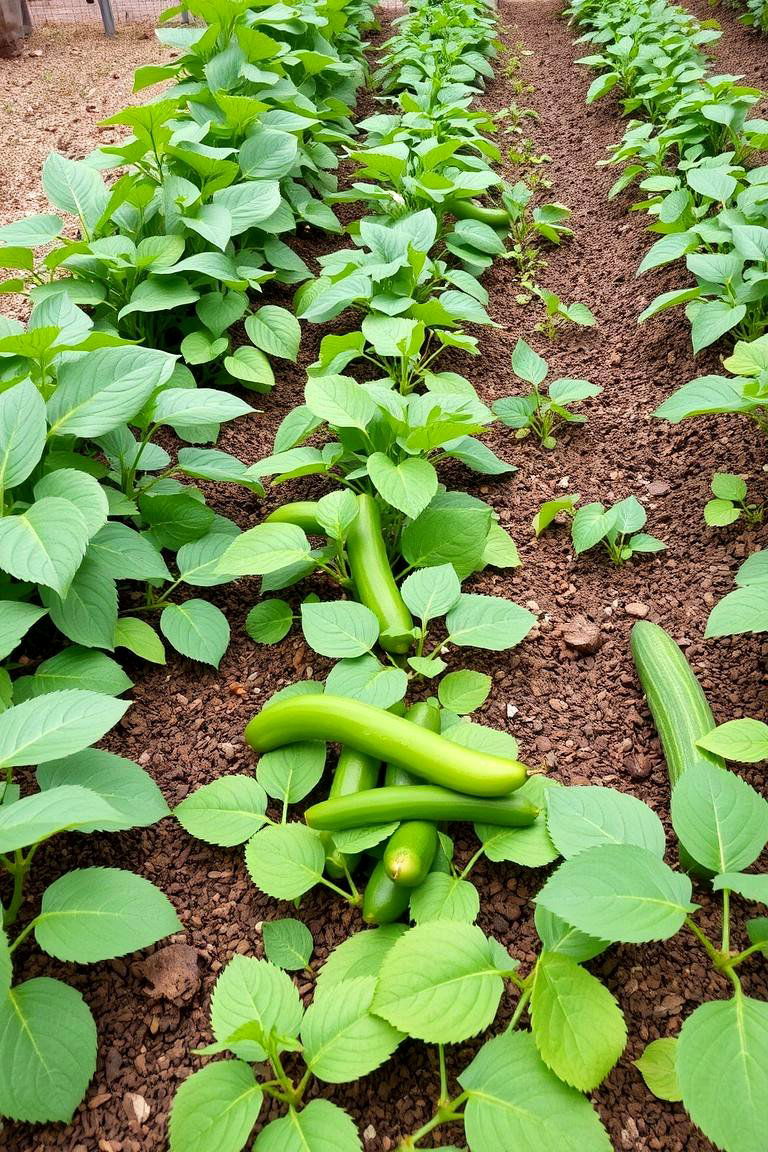
Raised rows are another excellent option for gardeners looking to improve soil conditions and manage their space more efficiently. By elevating rows of soil, you create a well-drained environment that’s easier to maintain and less prone to compacting. Raised rows also help with water management, as the soil drains more easily, preventing waterlogging and root rot. This method is particularly beneficial for gardeners with heavy clay soils or those in regions with high rainfall. Raised rows provide better soil structure, making them a great choice for growing vegetables.
17. Keyhole Garden for Efficient Use of Space

A keyhole garden is a unique design that maximizes space and water efficiency. Shaped like a pie slice, the garden has a composting center in the middle, which helps nourish the surrounding plants. The circular layout allows for easy access to all plants, reducing the need to walk through the garden. Keyhole gardens are highly productive and conserve water, as the composting center acts as a water reservoir. This method is perfect for small spaces or gardeners who want to create a sustainable, low-maintenance garden.
18. Vegetable Garden in a Greenhouse for Protection
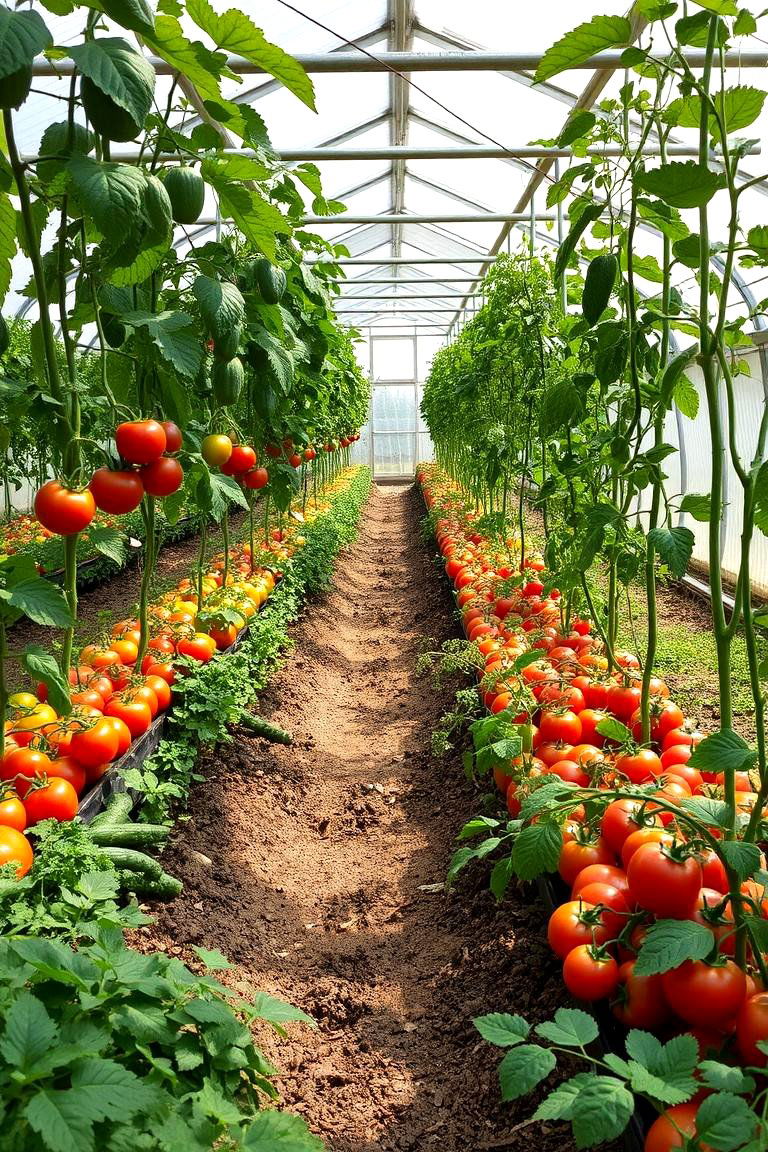
Growing vegetables in a greenhouse offers protection from extreme weather and pests, creating an ideal environment for plants to thrive. Greenhouses trap heat and humidity, making them perfect for growing vegetables that need consistent warmth, like tomatoes and peppers. The controlled environment allows you to extend the growing season and protect plants from frost, wind, and heavy rains. A greenhouse can be built in various sizes, from small DIY versions to larger, more elaborate setups. It’s a great investment for serious gardeners looking to grow a wide variety of vegetables.
19. Community Garden for Shared Success

Community gardens offer the chance to grow vegetables in a shared space, often in urban areas where private garden space is limited. These gardens are managed collectively, and participants share the responsibility of planting, maintaining, and harvesting crops. Community gardens provide access to fresh produce, promote a sense of community, and can be a great way to meet like-minded people. It’s an ideal option for those who want to learn more about gardening or who lack the space to grow their own vegetables.
20. No-Dig Garden for Effortless Planting
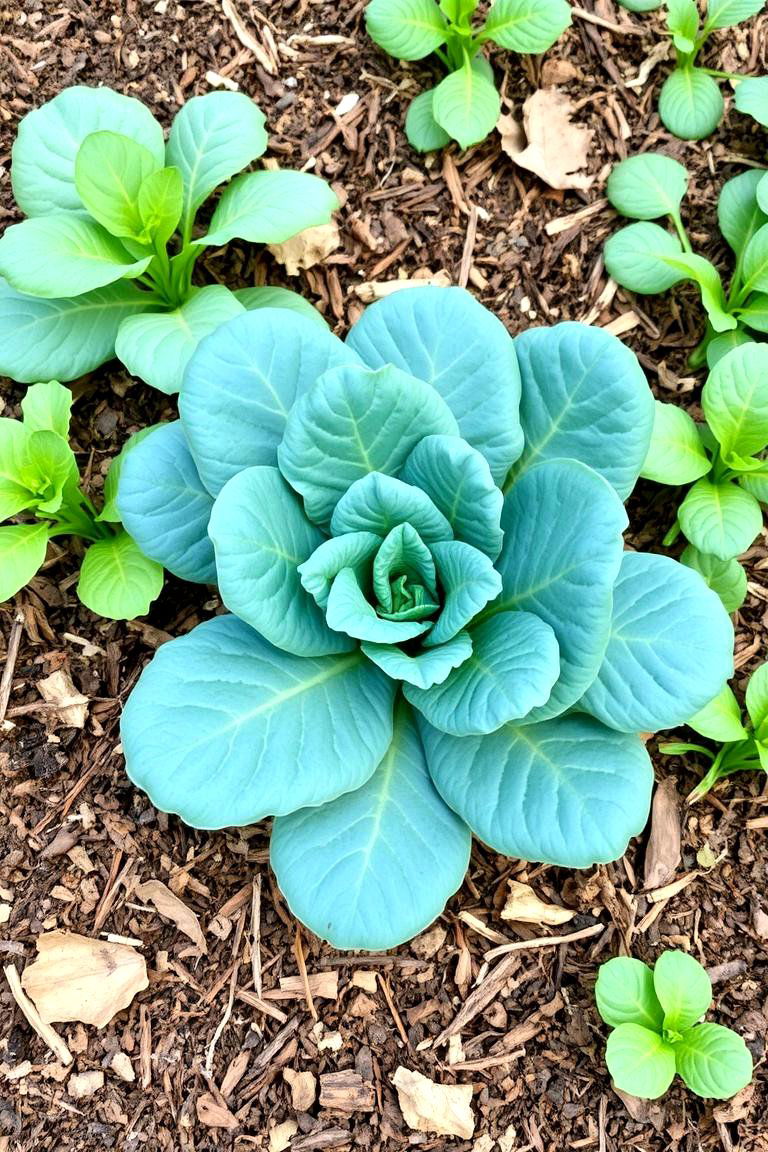
A no-dig garden is a low-maintenance approach that eliminates the need for tilling or turning the soil. Instead, you layer organic materials like compost, straw, and leaves on top of the soil, creating a nutrient-rich environment for your plants. Over time, the materials break down, enriching the soil without disturbing its structure. This method reduces soil compaction, encourages healthy earthworm activity, and helps retain moisture. No-dig gardens are perfect for those who want to avoid the hard work of traditional digging and tilling.
21. Grow Your Own Salad Garden

A salad garden is a great way to enjoy fresh, homegrown greens throughout the year. You can grow a variety of leafy vegetables, such as lettuce, spinach, and arugula, which are perfect for making salads. A salad garden is easy to maintain and can be grown in containers, raised beds, or traditional garden plots. These vegetables are fast-growing and can be harvested regularly, providing you with fresh ingredients for your meals. A salad garden is a great beginner project and can be grown year-round, especially with the help of a greenhouse or indoor garden setup.
22. Crop Rotation for Healthy Soil
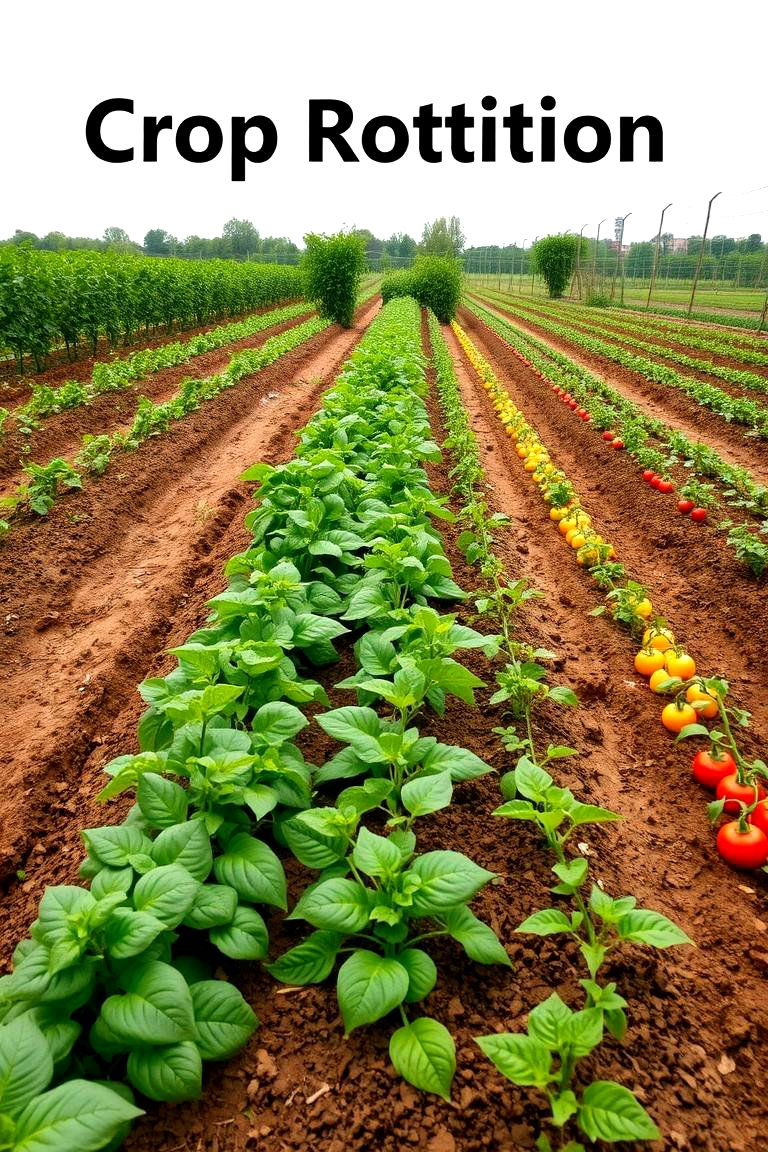
Crop rotation is an essential practice for maintaining healthy soil and preventing pest build-up. By rotating the types of vegetables you grow each season, you help preserve soil nutrients and reduce the risk of plant diseases. For example, planting legumes like beans in one area can replenish nitrogen in the soil, making it more fertile for other crops like tomatoes or peppers the following year. Crop rotation is especially beneficial in larger vegetable gardens and helps maintain long-term productivity.
23. Mulching for Moisture Retention

Mulching is an effective way to retain moisture in your garden while suppressing weeds and protecting plants. By covering the soil with a layer of organic material, such as straw, wood chips, or grass clippings, you help retain moisture during hot, dry periods. Mulch also helps regulate soil temperature, preventing it from becoming too hot or too cold for your plants. This simple gardening practice reduces the need for frequent watering and encourages healthy root development.
24. DIY Vegetable Garden Kits for Beginners
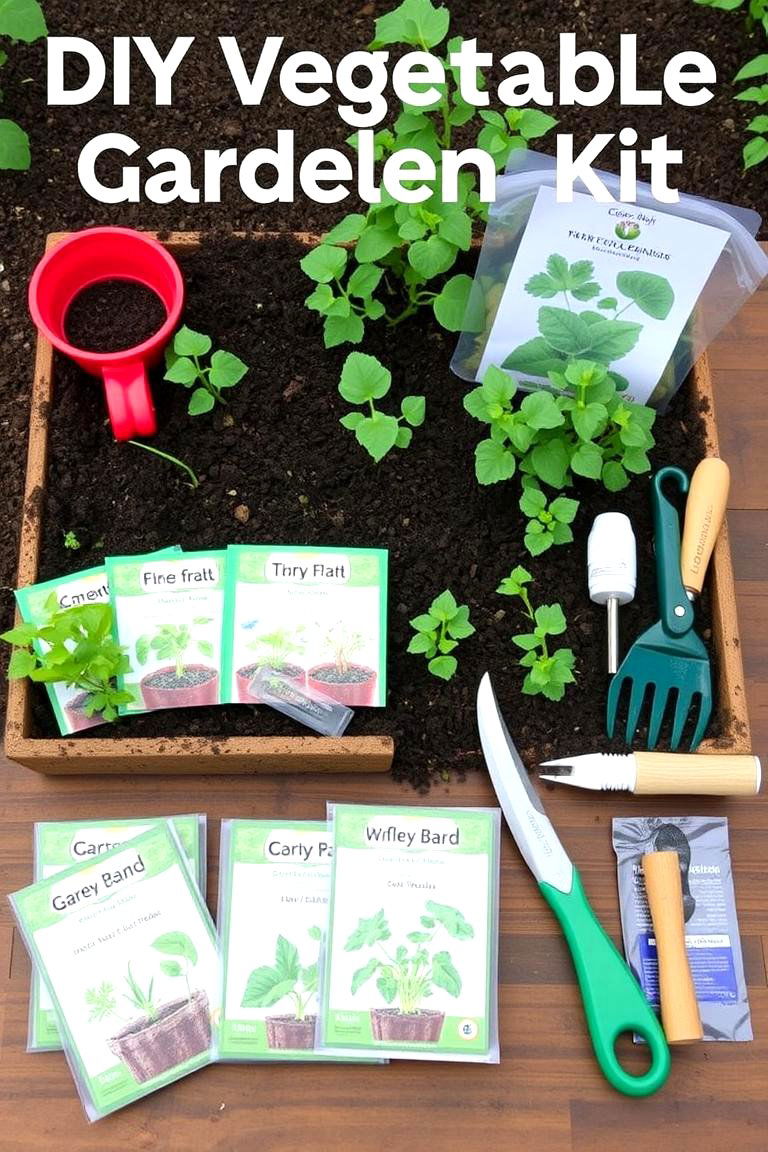
For beginner gardeners, DIY vegetable garden kits offer a simple and fun way to get started. These kits include everything you need to grow a small vegetable garden, from seeds and soil to containers and tools. They are perfect for people with limited gardening experience, as they guide you through the entire process. DIY vegetable garden kits often feature easy-to-grow vegetables, such as herbs, tomatoes, or lettuce, and provide a hands-on learning experience for gardeners of all ages. This is an ideal way to start your vegetable garden with minimal effort.
Conclusion:
Vegetable gardening offers a wide range of possibilities, allowing you to grow fresh produce while enjoying the process of nurturing your plants. Whether you're working with limited space, poor soil, or just looking for new ways to optimize your garden, these 24 vegetable garden ideas provide practical solutions to enhance your gardening experience. From raised beds and vertical gardens to sustainable techniques like hydroponics and crop rotation, there's a method for everyone. Embrace these ideas and start cultivating your own garden of abundance!




